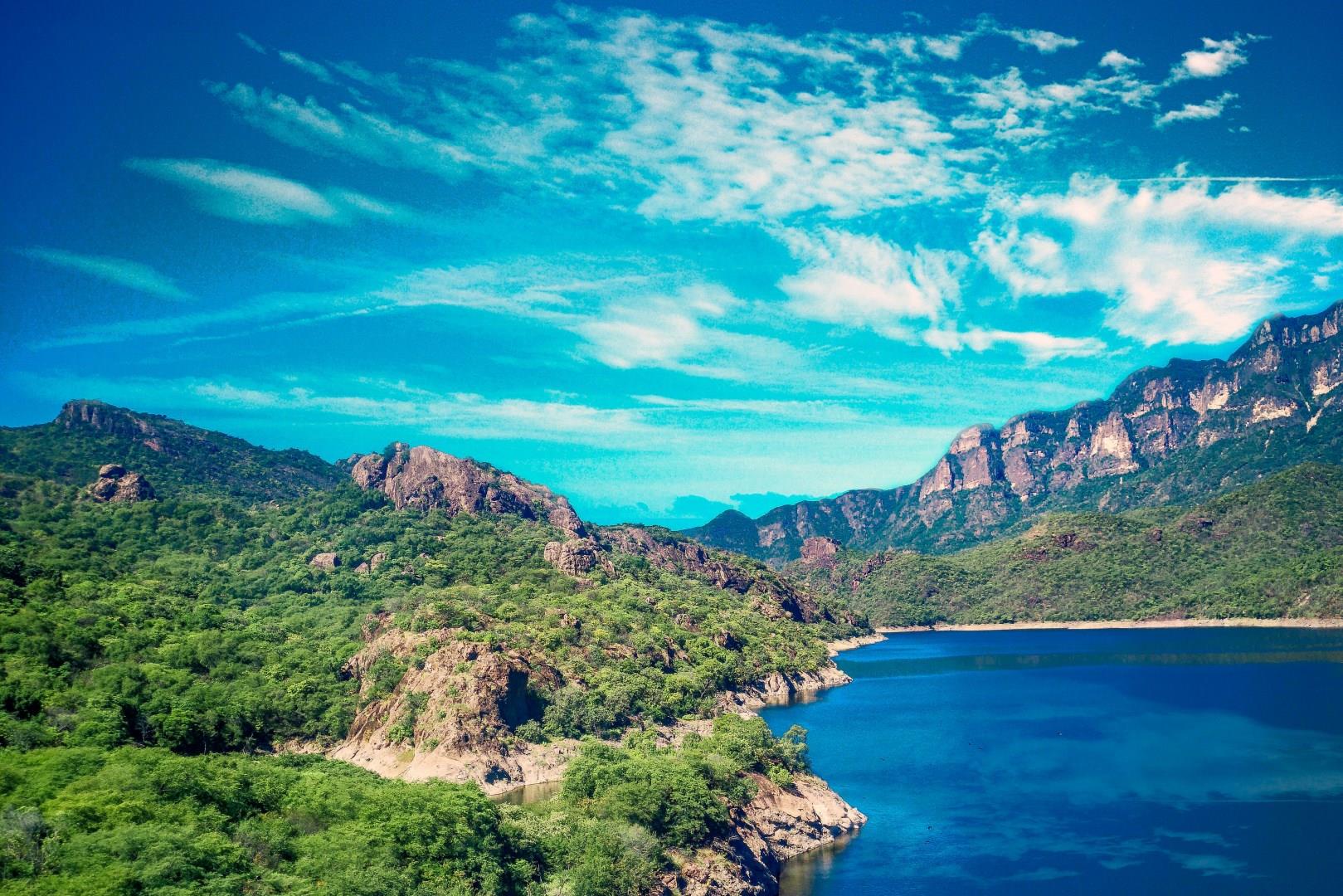

Sinaloa
Sinaloa, in Northwest Mexico, comprises 18 municipalities, and Culiacán Rosales serves as its capital. It is located opposite Baja California Sur, across the Gulf of California.

Rarotonga Island
Rarotonga, located in the Cook Islands off the coast of New Zealand, has none of the tourist hype that surrounds Hawaii and Fiji. Its tranquil, aquamarine waters and breathtaking landscape bring many visitors to this island paradise.

Novi Sad
As the second largest city in Serbia, Novi Sad is not only an important industrial and financial center, but a vibrant, friendly destination with a liberal vibe and plenty of attractions for visitors. Novi Sad is also the home of EXIT festival, one of the best annual music events in Europe.

San Francisco
San Francisco offers something for everyone. Whether it's exploring world-famous landmarks, discovering hidden gems in its neighborhoods, or enjoying the coastal breeze by the bay, this vibrant city promises a memorable experience for all who visit.

St. Ives
St. Ives, a picturesque seaside town on the north coast of Cornwall, England, is a charming blend of stunning natural beauty and rich cultural heritage. With its golden sandy beaches, crystal-clear waters, and quaint cobbled streets, St. Ives has long been a haven for artists, surfers, and sun-seekers alike. The town's vibrant atmosphere is palpable in its bustling harbor, where fishing boats sway with the tide and seaside cafés offer fresh, locally caught seafood.


